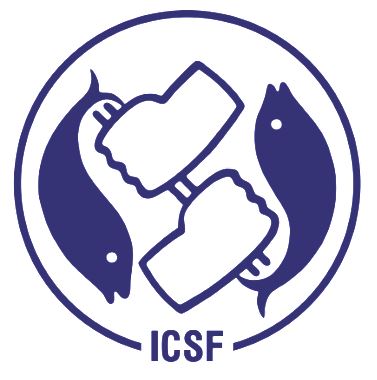E.M, Abdussamad and Rao, G.Syda and Koya, K.P.Said and Rohit, Prathibha and K.K., Joshi and M., Sivadas and Kuriakose, Somy and Ghosh, Shubhadeep and S., Jasmine and Chellappan, Anulekshmi and Koya, K.Mohammed (2012) Indian tuna fishery - Production trend during yesteryears and scope for the future. Indian Journal of Fisheries, Vol.59 (2). pp. 1-13. ISSN 0970-6011
Full text not available from this repository. (Request a copy)Abstract
Fishery for tuna and tuna like fishes in the country have been in vogue from time immemorial and presently involve fishery by coastal based fleets of varying specifications with different craft-gear combinations and longline fishery by large oceanic fishing vessels. The former undertake short duration fishing trips and exploit mainly surface tunas in the outer shelf and adjacent oceanic waters. The tuna landings though nominal during 1950-2005, registered a continuous increase over the years from a minimum of 848 t (1951) to 46,334 t (2000). With the introduction of targeted fishing for oceanic tunas during 2005-‘06, the landings improved and reached the maximum of 129,801 t in 2008. The fishery was supported by nine species, five coastal/neritic species and four oceanic species. Coastal tunas formed 57% of the tuna catch during 2006-’10 and was represented by the little tuna (Euthynnus affinis), frigate tuna (Auxis thazard), bullet tuna (Auxis rochei), longtail tuna (Thunnus tonggol) and bonito (Sarda orientalis). The oceanic species, which formed 43% of tuna catch, were yellowfin tuna (Thunnus albacares), skipjack tuna (Katsuwonus pelamis), dogtooth tuna (Gymnosarda unicolor) and bigeye tuna (Thunnus obesus). Information collected from different sources suggested that longliners operating in Indian EEZ and adjacent international waters caught around 87,000 t of tune annually during 2006-'10. Catch was supported by three species dominated by yellowfin tuna and small proportion of big-eye and dogtooth tuna. Since, fishery by coastal based units restricted to small areas and share of the catch by long liners from EEZ are not clearly known, systematic assessment of tuna stock in Indian EEZ is very difficult. However, the evaluation of the fishery scenario indicated only limited scope for improving tuna production from certain areas of coastal waters; whereas enormous scope remain for increasing tuna production from the oceanic waters of EEZ. However, since tunas being straddling resources shared by several nations, exploitation at one area will influence the fishery in other areas.
| Item Type: | Articles |
|---|---|
| Keywords: | India, EEZ, Tuna, Fisheries Management, Fisheries Development, Fisheries Research |
| Subjects: | Right to Resources |
| Depositing User: | Chitti Babu ICSF |
| Date Deposited: | 24 Mar 2022 10:13 |
| Last Modified: | 07 Dec 2022 11:39 |
| URI: | http://icsfarchives.net/id/eprint/11137 |
Actions (login required)
 |
View Item |


